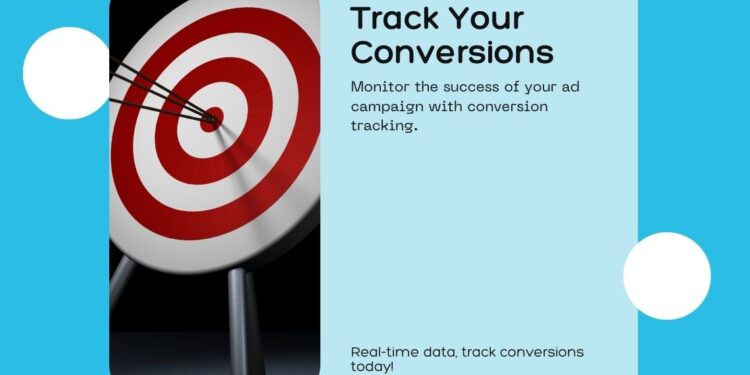In the dynamic world of online advertising, businesses strive not only to attract potential customers but also to understand their behavior on their websites. Conversion tracking in Google Ads emerges as a pivotal tool, offering invaluable insights that can reshape and optimize paid search strategies.
Understanding The Metrics
Before delving into the intricacies of conversion tracking, let’s revisit the core metrics that define the success of Google Ads campaigns. Impressions, clicks, and costs are easily monitored on the Google SERP, providing insights into ad visibility, user engagement, and financial investments.
Challenges Of Tracking Conversions
The real challenge lies in tracking conversions – actions that occur beyond the SERP on the advertiser’s website. Completed purchases, form submissions, and other critical events unfold in the domain, requiring a different approach for comprehensive analysis.
To bridge this gap, the implementation of Google tag and event snippet codes (in Google ads) is essential. These codes act as silent observers, collecting data on user behavior beyond the initial click. By strategically placing these codes on the website, advertisers enable Google Ads to track conversions seamlessly.
This conversion tracking also helps in understanding the attribution modeling and user touch points in completing the desired conversion on the website. This also helps in understanding which ad, keyword, and campaign in our tool helped in getting the conversions.
This approach not only aids in optimizing ad spend but also enables the allocation of budgets more effectively by focusing on campaigns that generate actual revenue.
Moreover, the power of enhanced targeting comes into play, as businesses can refine audience targeting based on user behavior. This, in turn, facilitates the creation of more personalized ad experiences, resonating with potential customers and enhancing the overall effectiveness of the advertising strategy.
| Measurement | Tracking |
|---|---|
| Impression, Click, Cost | Can be tracked easily because everything happens on Google SERP. |
| Conversion, Conversion value | These can not be tracked easily because these happen inside the website where Google has no access. |
| For tracking these metrics in Google ads, we have to use Google tag and event snippet codes. |
The Power Of User Tracking: Beyond Clicks And Conversions
User tracking goes beyond counting clicks and conversions; it offers a behind-the-scenes look at how people engage with your website. This secret weapon in digital marketing enhances remarketing efforts, helps understand user behavior, and crafts a personalized online experience.
Building Remarkable Remarketing:
Reconnecting with Visitors: User tracking allows reconnecting with visitors who explored the website but didn’t take the desired action.
Personalized Messages: Show specific ads related to user interests, tailoring messages directly to what they like.
Understanding The User Journey:
Tracing the Path: User tracking maps out the user journey on the site, helping understand what works and identifying hurdles.
Unveiling Hurdles: Identify and address any roadblocks users encounter during their journey.
Personalizing The Experience:
Making It Their Own: User tracking enables personalization of the user experience based on preferences.
Recommended for You: Use user behavior insights to recommend products or content tailored to their interests.
Optimizing Ad Delivery:
Perfect Timing: Understand when users are most active to time ads effectively.
Frequency Control: Avoid ad fatigue by controlling how often ads appear to users.
Responsive Marketing Strategies:
Adapting to Trends: Stay responsive to changing trends using user tracking data.
Continuous Improvement: Fine-tune marketing strategies continually based on user behavior insights.
Conclusion
In paid search advertising, conversion tracking is not an option but a necessity. The ability to measure campaign success beyond the initial click is transformative. By embracing Google’s tag and event snippet codes, businesses can unlock a wealth of data that informs strategic decisions, refines targeting, and maximizes ROI in the competitive landscape of online advertising.
In summary, user tracking is a digital compass guiding through the vast landscape of online interactions. Embrace both conversion tracking and user tracking to understand your audience, tailor your messaging, and create an online space where users feel heard and valued. Watch as your digital marketing efforts become more personalized, strategic, and ultimately, more successful.


